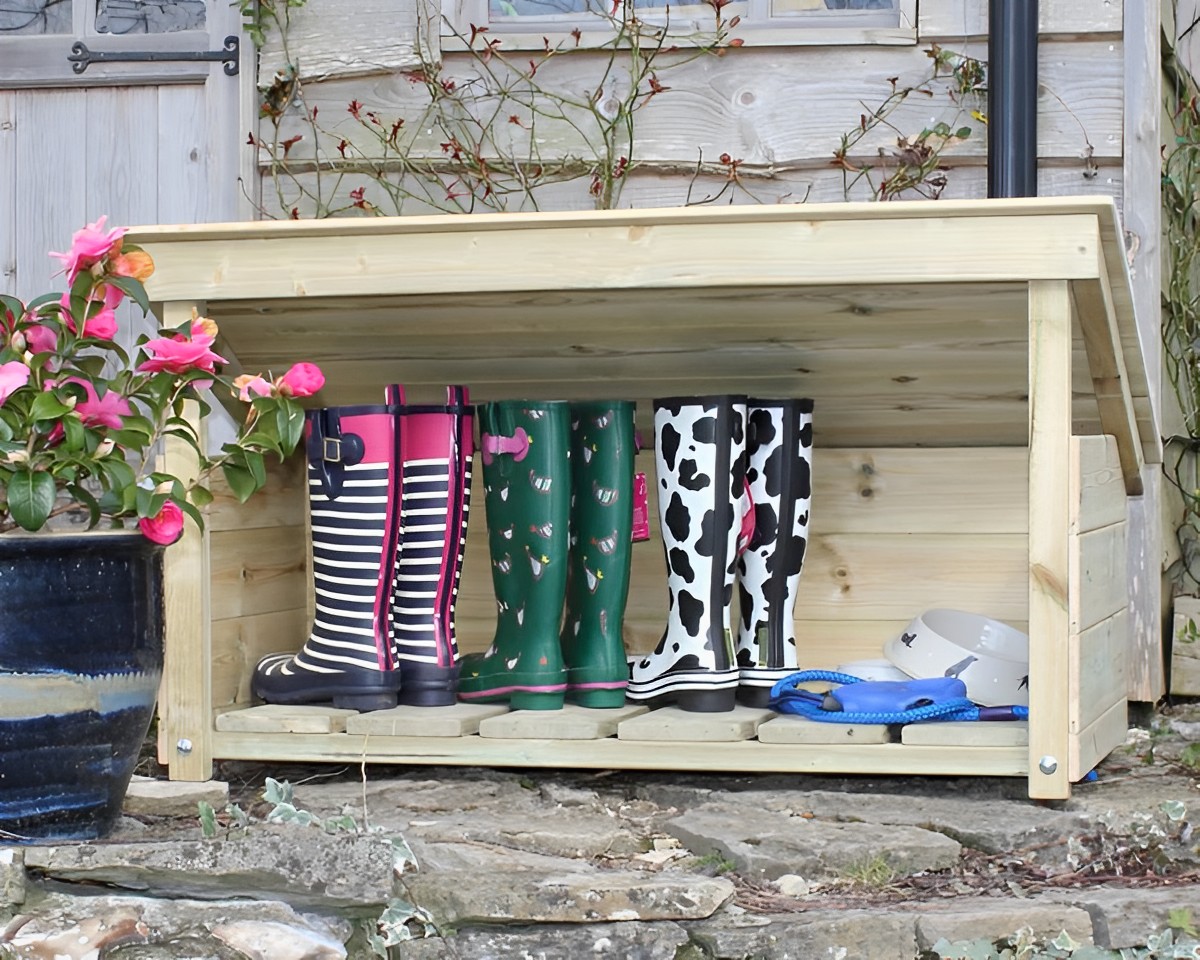

Articles
How To Store Boots In Summer
Modified: January 19, 2024
Discover effective methods for storing your articles during the summer months to keep them in top condition. Safely protect your boots and extend their lifespan.
(Many of the links in this article redirect to a specific reviewed product. Your purchase of these products through affiliate links helps to generate commission for Storables.com, at no extra cost. Learn more)
##
Introduction
As the warm and sunny days of summer approach, it’s time to bid farewell to your beloved boots and embrace the freedom of open-toed sandals and lightweight footwear. But what should you do with your boots during the summer months when they won’t be in use?
Storing your boots properly during the summer is essential to maintain their quality, prevent damage, and maximize their longevity. Whether you have leather, suede, or rubber boots, taking the time to clean, maintain, and store them correctly will ensure that they’re in pristine condition when you’re ready to wear them again in the fall.
In this article, we will provide you with an all-encompassing guide on how to store your boots during the summer months. From cleaning and maintenance tips to choosing the right storage location, we’ll cover everything you need to know to keep your boots in excellent shape. So, let’s dive in and discover the best practices for storing your boots in summer.
##
Key Takeaways:
- Properly storing your boots during the summer is crucial for maintaining their quality and longevity. Follow cleaning, maintenance, and storage tips to ensure your boots remain in excellent condition for future wear.
- Utilize boot shapers or stuffing to preserve the shape of your boots and avoid common storage mistakes. Periodically check on your stored boots and take care of your boot storage containers to ensure optimal condition and organization.
Read more: How To Store Boots
Reasons for Storing Boots in Summer
There are several reasons why it’s important to store your boots properly during the summer months:
- Protection from Heat and Sunlight: Excessive heat and direct sunlight can cause damage to the materials of your boots. Leather can dry out and crack, while suede can discolor and fade. By storing your boots in a cool and dark place, you can prevent these issues and preserve their quality.
- Prevention of Mold and Mildew: Summer is often associated with high humidity levels, which create the perfect conditions for mold and mildew growth. Storing your boots in the proper way, such as in a well-ventilated area, will help prevent the growth of mold and mildew, which can stain and ruin your boots.
- Space Optimization: Boots take up a significant amount of space in your closet or shoe rack. By storing them away during the summer, you can free up valuable space for your summer footwear, allowing for a more organized and clutter-free environment.
- Prolonged Lifespan: Proper storage practices can significantly extend the lifespan of your boots. By keeping them clean, dry, and protected, you can ensure that they will remain in good condition for years to come, saving you money in the long run.
Now that we understand the importance of storing boots in summer, let’s explore the proper techniques for cleaning, maintaining, and storing your boots to ensure their longevity.
##
Proper Cleaning and Maintenance
Before storing your boots for the summer, it’s crucial to give them a thorough cleaning to remove any dirt, stains, or debris. Here’s a step-by-step guide to help you properly clean and maintain your boots:
- Remove Surface Dirt: Use a soft brush or cloth to gently brush off any loose dirt or debris from the surface of your boots. Pay close attention to the crevices and seams.
- Treat Stains: If your boots have any stains, use a suitable cleaner or stain remover according to the manufacturer’s instructions. Be sure to spot test the cleaner on a small, inconspicuous area first to ensure it doesn’t cause any damage.
- Condition Leather Boots: If you have leather boots, apply a high-quality leather conditioner to restore moisture and prevent the leather from drying out. Use a clean cloth to evenly distribute the conditioner over the entire surface of the boots.
- Protect Suede Boots: To protect your suede boots from moisture and stains, apply a suede protector spray. This will create a barrier that repels water and prevents stains from setting in. Remember to follow the instructions on the spray bottle and apply it in a well-ventilated area.
- Dry Thoroughly: After cleaning, allow your boots to air dry completely in a cool and well-ventilated area. Avoid placing them near direct heat sources, as this can cause damage to the material.
- Polish and Buff: For leather boots, you may choose to apply a shoe polish or wax to further protect and enhance their appearance. Use a soft cloth and gently buff the boots in circular motions to achieve a polished finish.
By following these cleaning and maintenance steps, you can ensure that your boots are in the best possible condition before storing them for the summer.
##
Choosing the Right Storage Location
Now that your boots are clean and well-maintained, it’s time to select the appropriate storage location. The ideal storage space should be cool, dark, dry, and well-ventilated. Here are some factors to consider when choosing the right storage location for your boots:
- Absence of Moisture: Moisture is the enemy of boots, as it can cause mold, mildew, and deterioration of materials. Avoid storing your boots in damp areas such as basements or attics. Instead, opt for a location that is free from excessive humidity.
- Protection from Sunlight: Direct sunlight can fade and discolor certain types of boots, particularly suede. Choose a storage space that is shielded from sunlight, such as a closet or wardrobe.
- Temperature Control: Extreme temperature fluctuations can have a negative impact on boots. Avoid storing them in areas that experience dramatic temperature changes, such as garages or sheds. Instead, opt for a space with stable temperatures, preferably between 50-70 degrees Fahrenheit (10-21 degrees Celsius).
- Adequate Ventilation: Proper airflow is important to prevent the buildup of musty odors and the growth of mold or mildew. Ensure that the storage area has sufficient ventilation to keep your boots fresh.
- Protection from Dust and Pests: Keep your boots in a storage container or use boot bags to protect them from dust, insects, and other potential contaminants. Opt for breathable containers or bags that allow airflow, as airtight containers can trap moisture and lead to mold growth.
Consider these factors when selecting the storage location for your boots, and you’ll ensure they remain in optimal condition during the summer months.
##
Tips for Storing Different Types of Boots:
Each type of boot requires specific care and storage methods to ensure their longevity. Here are some tips for storing different types of boots:
- Leather Boots:
- Suede Boots:
- Rubber Boots:
– Before storing leather boots, clean and condition them to prevent drying and cracking.
– Use boot shapers or stuff them with acid-free tissue paper to maintain their shape.
– Store them upright in a shoe rack or with the help of boot inserts to prevent creasing.
– If using boxes for storage, choose acid-free boxes and avoid stacking heavy items on top of them.
– Clean any stains and treat with a suede protector spray before storing.
– Use boot trees or tissue paper to preserve their shape and prevent them from becoming misshapen.
– Store them in boxes or cotton bags to protect them from dust.
– Avoid stacking suede boots to prevent any potential damage or crushing.
– Clean and dry rubber boots thoroughly to prevent any mold or mildew growth.
– Store them upright or hang them across a boot rack to prevent them from folding and deforming.
– Keep them away from direct heat sources to avoid any melting or warping.
– If storing them in a box, ensure that they are completely dry to prevent any odor or moisture buildup.
By following these tips specifically tailored for different types of boots, you can ensure that each pair stays in excellent condition throughout the summer storage period.
##
Read more: How To Store Winter Boots
Leather Boots
Leather boots are a timeless and durable footwear option that requires proper care and storage to maintain their quality. Here are some essential tips for storing leather boots:
- Cleaning and Conditioning: Before storing your leather boots, give them a thorough cleaning. Remove any surface dirt or stains using a soft brush or cloth. Use a damp cloth and mild soap to gently clean the leather. Once clean, apply a leather conditioner to moisturize and nourish the leather. This will help prevent it from drying out and cracking during storage.
- Boot Shapers or Stuffing: To maintain the shape of your leather boots, invest in boot shapers or stuff them with acid-free tissue paper. This will help prevent creasing and maintain the original form of the boots. Make sure to fill the entire boot, including the toe area, to ensure proper preservation.
- Storage Location: Choose a cool, dark, and well-ventilated storage location for your leather boots. Excessive exposure to heat and sunlight can damage the leather and cause it to fade or crack. Avoid storing them in plastic bags, as this can trap moisture and lead to the growth of mold or mildew. Opt for a shoe rack or storage box that allows for proper airflow.
- Avoid Heavy Stacking: When storing leather boots in a box or on a shelf, avoid stacking heavy items on top of them. This can cause unnecessary pressure and deform the shape of the boots. If stacking is necessary, place a layer of acid-free tissue paper between each pair to protect them from any potential damage.
Taking these precautions when storing your leather boots will help preserve their quality and ensure they’re ready to be worn again when the cooler weather returns.
##
Suede Boots
Suede boots are known for their soft and luxurious texture, but they require specific care and storage to maintain their appearance. Here’s how to properly store suede boots:
- Cleaning and Protection: Before storing your suede boots, clean them thoroughly to remove any dirt or stains. Use a suede brush or eraser to gently lift away any surface dirt. For stubborn stains, carefully blot them with a clean cloth dampened with a mild cleaning solution specifically designed for suede. Once clean, apply a suede protector spray to create a barrier against moisture and stains.
- Preserving Shape: Suede boots can easily lose their shape if not stored properly. To prevent this, use boot trees or stuff them with acid-free tissue paper to help maintain their original form. Make sure to fill them fully, including the toe area, to prevent creasing and flattening.
- Storage Container or Bag: Store your suede boots in a breathable container or cotton bag to protect them from dust and allow for proper ventilation. Avoid using plastic bags, as they can trap moisture and lead to mold or mildew growth. Make sure the container or bag is large enough to accommodate the boots without causing them to be compressed.
- Avoid Stacking: To prevent any potential damage or crushing, avoid stacking suede boots on top of each other. If you must stack them, place acid-free tissue paper in between each pair to provide cushioning and protection.
- Storage Location: Choose a cool and dry storage location for your suede boots. Excessive heat or humidity can cause the suede to discolor or become damaged. Keep them away from direct sunlight, as prolonged exposure can fade the color. A closet shelf or wardrobe is an ideal storage spot.
By following these tips, you can maintain the beauty and quality of your suede boots while they are in storage, ensuring that they will be ready to wear when the colder seasons return.
##
To store boots in summer, clean and condition them, stuff with boot shapers, and store in a cool, dry place away from direct sunlight to prevent leather damage.
Rubber Boots
Rubber boots are known for their durability and waterproof nature, making them a popular choice for wet and muddy conditions. To properly store your rubber boots during the summer months, follow these tips:
- Cleaning and Drying: Before storing your rubber boots, give them a thorough cleaning to remove any dirt, mud, or debris. Use a soft brush or cloth and warm soapy water to scrub off any stubborn stains. Rinse them thoroughly and allow them to air dry completely. Make sure there is no moisture remaining inside the boots to prevent any potential mold or mildew growth.
- Upright Storage: Store your rubber boots in an upright position to maintain their shape. If possible, use a boot rack or hang them from hooks to prevent them from folding or developing creases. Avoid storing them in a crumpled or folded position, as this can cause the rubber to deform over time.
- Avoid Heat Exposure: Rubber boots should be kept away from direct heat sources, such as radiators or heaters. Prolonged exposure to heat can cause the rubber to become brittle and crack. Choose a storage location that is cool and dry to preserve the integrity of the boots.
- Dust Protection: To prevent dust and dirt from collecting on your rubber boots, consider placing them in a shoe box or plastic storage container with a lid. This will protect them from accumulating dust and make it easier to keep them clean when you’re ready to use them again.
Properly storing your rubber boots will help maintain their quality and extend their lifespan, ensuring that they remain ready for your next adventure in any wet or muddy conditions.
##
Using Boot Shapers or Stuffing
Whether you have leather, suede, or rubber boots, using boot shapers or stuffing is a crucial step in storing them properly. Here’s why boot shapers or stuffing are essential and how to use them:
- Maintaining Shape: Boot shapers or stuffing help preserve the shape of your boots while they are in storage. They prevent the boots from sagging, creasing, or losing their form over time. This is particularly important for leather and suede boots, as they are more prone to developing wrinkles and creases if not properly supported.
- Preventing Creases: Creases in leather and suede boots can be difficult to remove once they have formed. By using boot shapers or stuffing, you can minimize the development of creases and retain the boots’ original appearance.
- Materials for Boot Shapers or Stuffing: Boot shapers are typically made of plastic or wood and are designed to mimic the shape of the boots. They provide structural support and help maintain the boots’ form. Alternatively, you can also use acid-free tissue paper or newspaper as stuffing. Ensure that the materials you use are clean and won’t transfer any color or residue to your boots.
- Using Boot Shapers: Insert boot shapers into your boots, starting from the bottom and sliding them all the way up to the calf area. Adjust them as needed to ensure they properly fill the boots and hold their shape. Make sure the shapers are secure but not overly tight, as they may cause stretching or deformation of the boots.
- Using Stuffing: If using tissue paper or newspaper as stuffing, crumple it slightly and gently insert it into the boots. Fill the entire boot, including the toe area, to maintain the shape. Ensure that the stuffing is evenly distributed to prevent any lumps or bulges.
By using boot shapers or stuffing, you can effectively maintain the shape and structure of your boots while they are stored, ensuring that they look and fit as good as new when you’re ready to wear them again.
##
Read more: How To Store Boots Upright
Avoiding Common Storage Mistakes
When it comes to storing your boots, it’s important to avoid common mistakes that can lead to damage or deterioration. Here are some key storage mistakes to avoid:
- Not Cleaning Boots Before Storage: One of the biggest mistakes is storing dirty boots. Dirt, stains, and debris left on the boots can cause discoloration, deterioration, and attract pests. Always clean your boots thoroughly before storing them to ensure their longevity.
- Using Plastic Bags: Storing boots in plastic bags can trap moisture and lead to mold or mildew growth. Opt for breathable containers, cotton bags, or shoe boxes with ventilation options to allow for proper airflow.
- Using Acidic Materials: Avoid using acidic materials, such as newspaper with high ink content, as stuffing. Acidic materials can transfer colors and damage the boots over time. Choose acid-free tissue paper or boot shapers instead.
- Storing in Damp Places: Moisture is the enemy of all types of boots. Avoid storing your boots in damp areas, such as basements or attics, as they can promote the growth of mold, mildew, and deteriorate the materials. Opt for a cool, dry, and well-ventilated storage location.
- Ignoring Checking on Boots Periodically: It’s essential to periodically check on your stored boots. This allows you to detect any signs of mold, mildew, or pest infestation early on. If any issues are found, take immediate action to prevent further damage.
- Stacking Heavy Items on Top: Avoid stacking heavy items on top of your stored boots. The weight can cause unnecessary pressure and deform the boots. If stacking is necessary, place a protective layer, such as acid-free tissue paper, between each pair.
By avoiding these common storage mistakes, you can ensure that your boots stay in excellent condition and are ready to be worn when the appropriate season comes around.
##
Checking on Boots Periodically
While your boots are in storage, it’s important to check on them periodically to ensure they are in good condition. Here’s why and how to check on your boots:
- Early Detection of Issues: Regularly inspecting your stored boots allows you to detect any potential issues early on. This includes signs of mold, mildew, pest infestation, or any damage caused by improper storage or environmental factors.
- Preventing Further Damage: If you find any problems during your inspection, taking immediate action can help prevent further damage. For example, if you notice mold or mildew growth, address it promptly to prevent it from spreading and causing irreparable damage to the boots.
- Proper Cleaning: Periodic checks give you the opportunity to clean your boots again if necessary. Dust, dirt, or mild stains may accumulate over time, even during storage. By cleaning them before storing them, you ensure that they remain in the best possible condition.
- Re-Applying Protection: If you notice that the protective coating on your boots, such as suede protector spray or leather conditioner, has worn off, you can reapply it during your inspection. This extra step helps to maintain the boots’ integrity and extend their lifespan.
To check on your boots, remove them from their storage location and carefully examine them. Look for any signs of mold, mildew, or pest infestation. Inspect the soles, seams, and the inside of the boots. Take note of any damage or potential issues that require attention.
If you discover any problems, consult appropriate cleaning and maintenance guides or consider seeking professional help, especially for valuable or delicate boots. Addressing issues early on will help preserve the condition of your boots and ensure their longevity.
##
Taking Care of Boot Storage Containers
When it comes to storing your boots, it’s not only important to take care of the boots themselves but also the containers or bags you use for storage. Proper care of your boot storage containers will help maintain their quality and ensure they continue to protect your boots effectively. Here are some tips to take care of your boot storage containers:
- Cleaning: Regularly clean your boot storage containers to remove any dust, dirt, or potential contaminants. Use a soft cloth or brush to wipe down the containers, both inside and outside. If necessary, use a mild soap or cleaning solution to remove stubborn stains. Ensure that the containers are completely dry before placing your boots back inside to prevent moisture build-up.
- Maintenance: Check for any signs of damage or wear in your storage containers. Inspect for any cracks, tears, or weakened spots that may compromise their functionality. Repair or replace damaged containers to ensure the optimal protection and organization of your boots.
- Proper Storage: Store your boot storage containers in a dry and clean area when not in use. Keep them away from excessive heat or humidity, as this can cause damage to the containers and potentially affect your boots. Avoid placing heavy items on top of the containers to prevent them from getting crushed or deformed.
- Labeling: If you have multiple boot storage containers, labeling them can be a helpful way to stay organized. Use labels or tags to indicate the specific types or styles of boots stored inside each container. This will make it easier to locate and retrieve the desired pair without having to open all the containers.
- Proper Airflow: It’s important to ensure that your boot storage containers allow for proper airflow. This helps prevent any moisture build-up that can lead to mold or mildew. If using containers with lids or boxes, consider punching small ventilation holes or using breathable fabric containers to facilitate air circulation.
By taking care of your boot storage containers, you can prolong their lifespan and maintain a clean and organized storage space for your beloved boots.
##
Conclusion
Properly storing your boots during the summer months is essential for maintaining their quality and longevity. By following the tips and techniques covered in this article, you can ensure that your boots remain in excellent condition and are ready to be worn when the appropriate season comes around.
Remember to thoroughly clean and maintain your boots before storage, taking care to use the appropriate cleaning methods and materials for the specific boot type. Choose the right storage location that is cool, dark, dry, and well-ventilated. Utilize boot shapers or stuffing to preserve the shape of your boots and avoid common storage mistakes such as using plastic bags or stacking heavy items on top of them.
Periodically check on your stored boots to catch any issues early on, and address them promptly to prevent further damage. Take care of your boot storage containers by cleaning them, maintaining them, and ensuring proper airflow.
By implementing these practices, you can prolong the lifespan of your boots, saving you money in the long run and ensuring that your favorite pairs are always in top-notch condition.
So, as you prepare for the summer season and put away your cherished boots, remember to follow these storage guidelines. With proper care and storage, your boots will be eagerly waiting to accompany you on your future adventures once the seasons change.
Frequently Asked Questions about How To Store Boots In Summer
Was this page helpful?
At Storables.com, we guarantee accurate and reliable information. Our content, validated by Expert Board Contributors, is crafted following stringent Editorial Policies. We're committed to providing you with well-researched, expert-backed insights for all your informational needs.

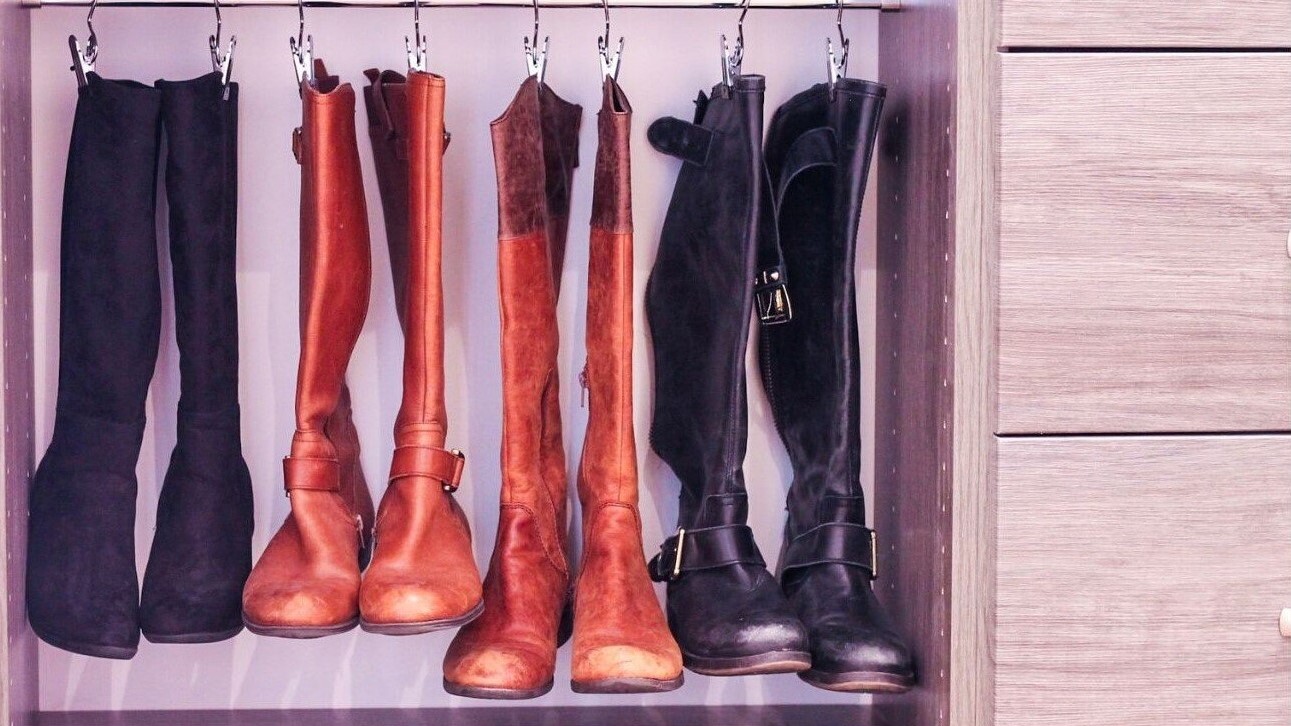
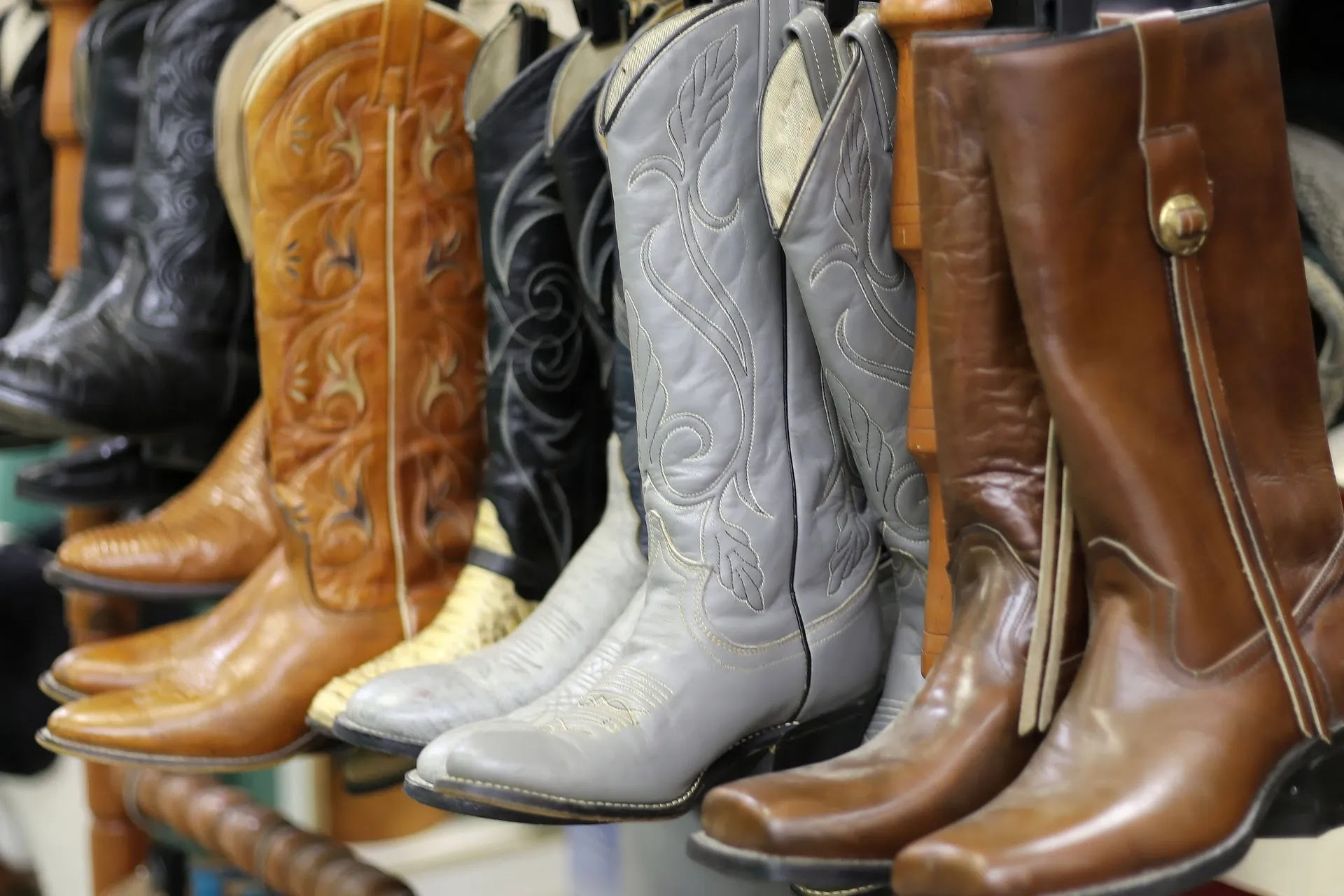
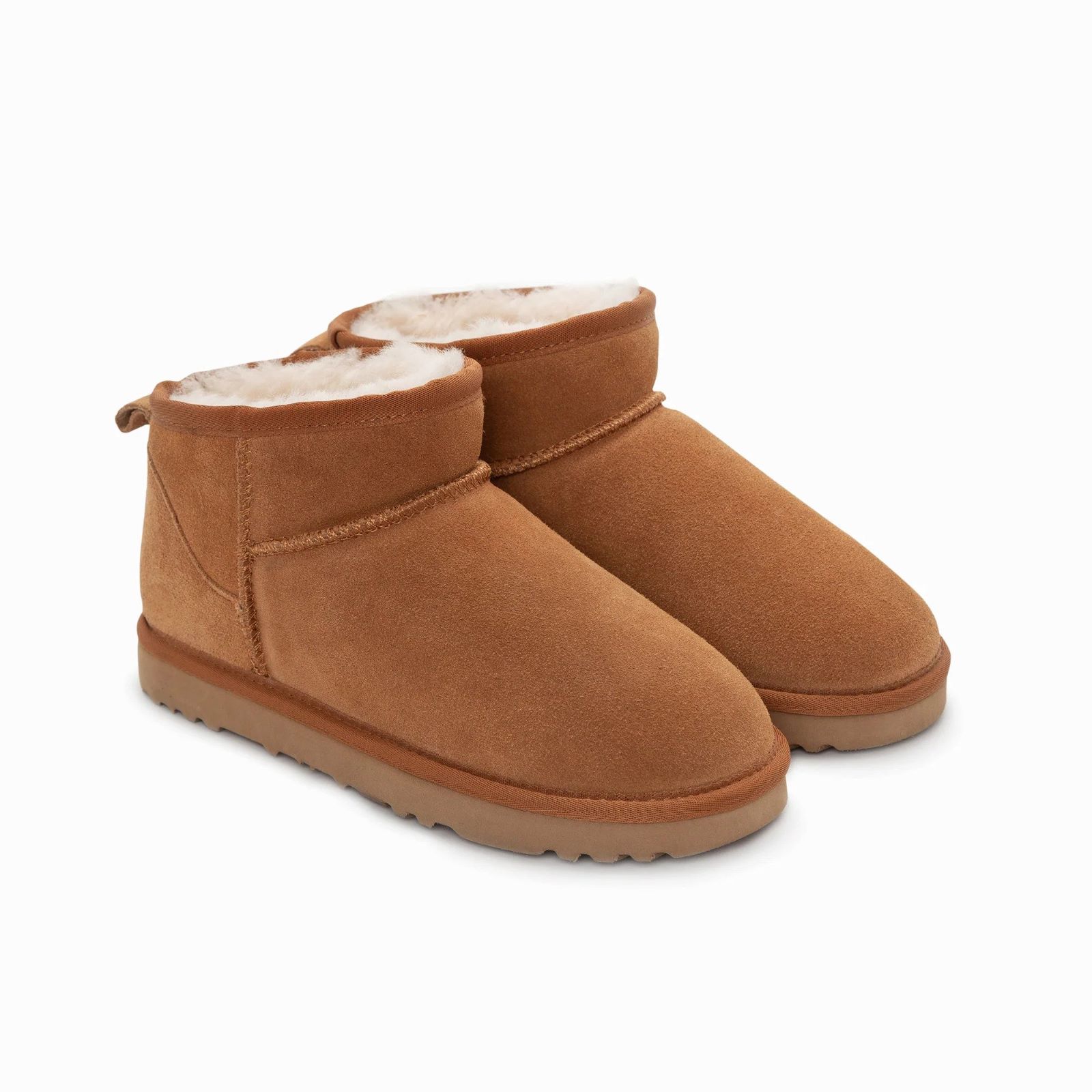
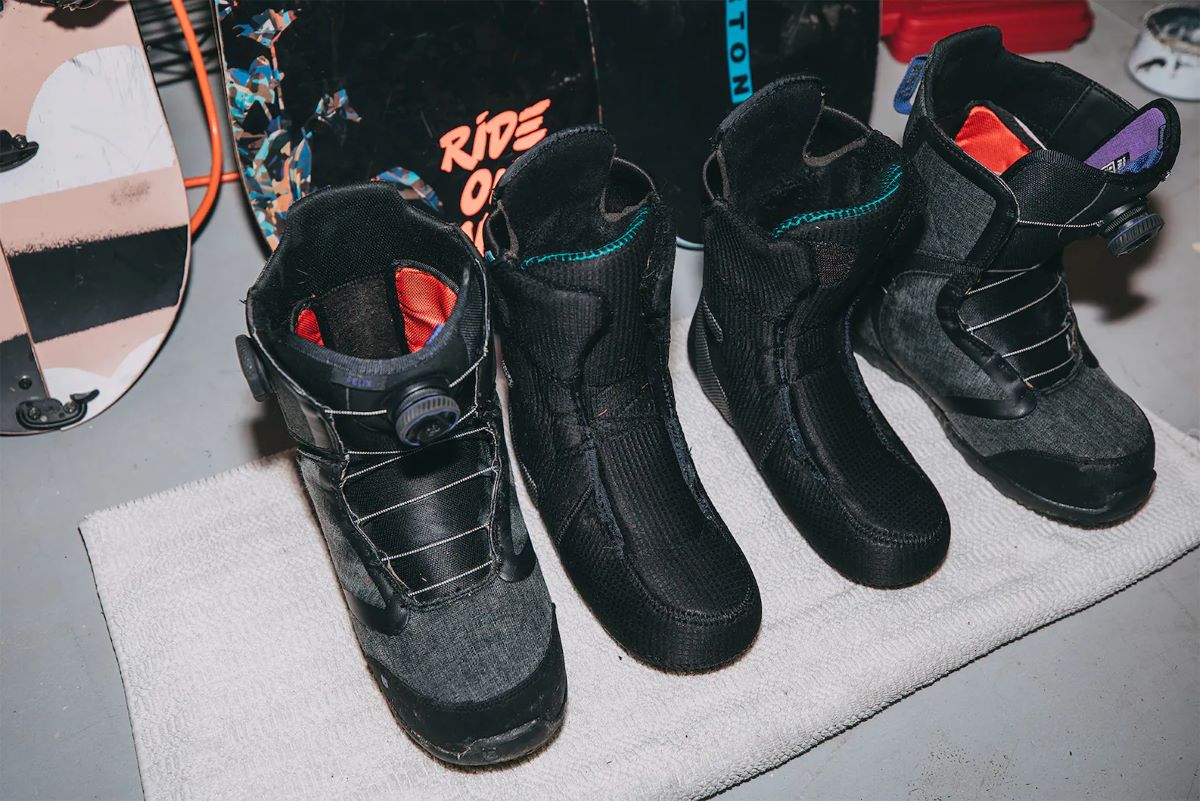
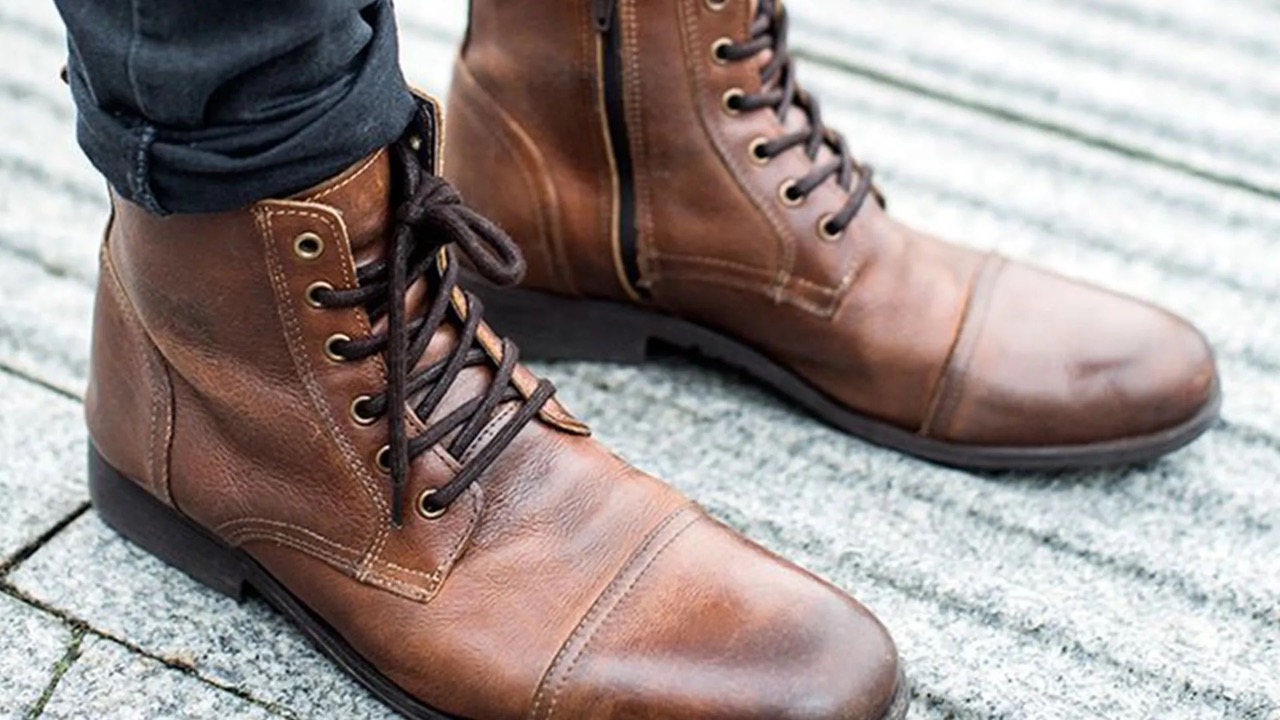
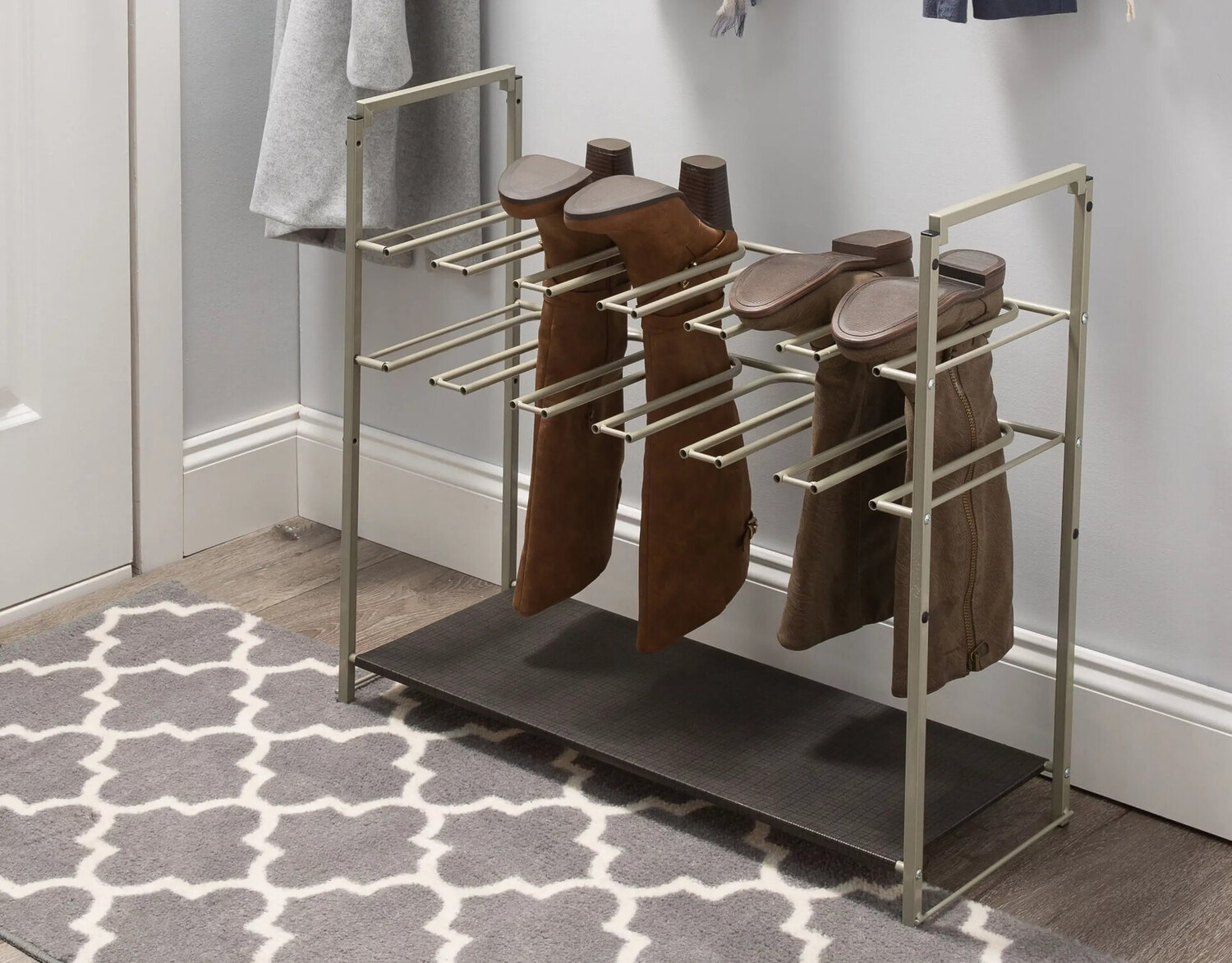
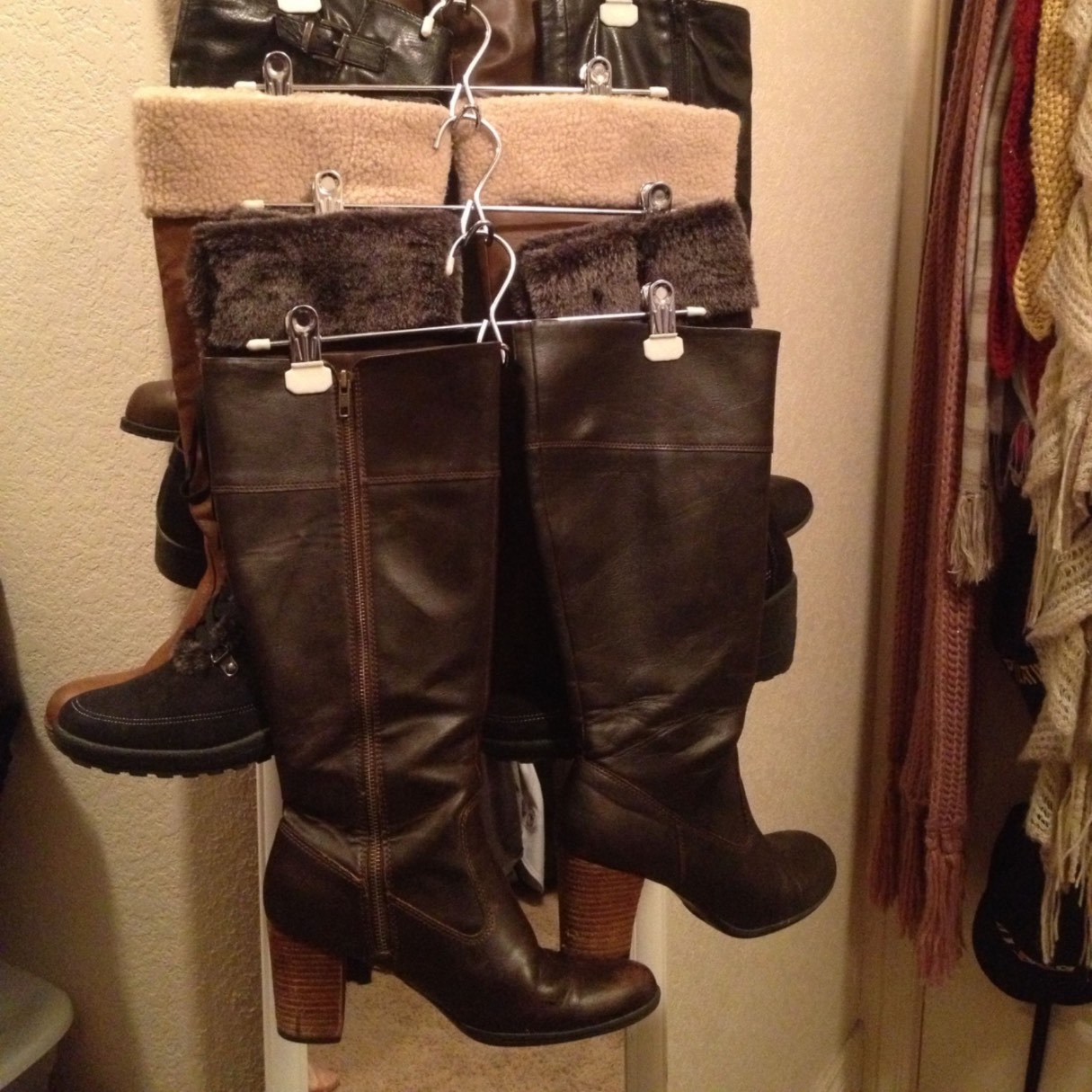
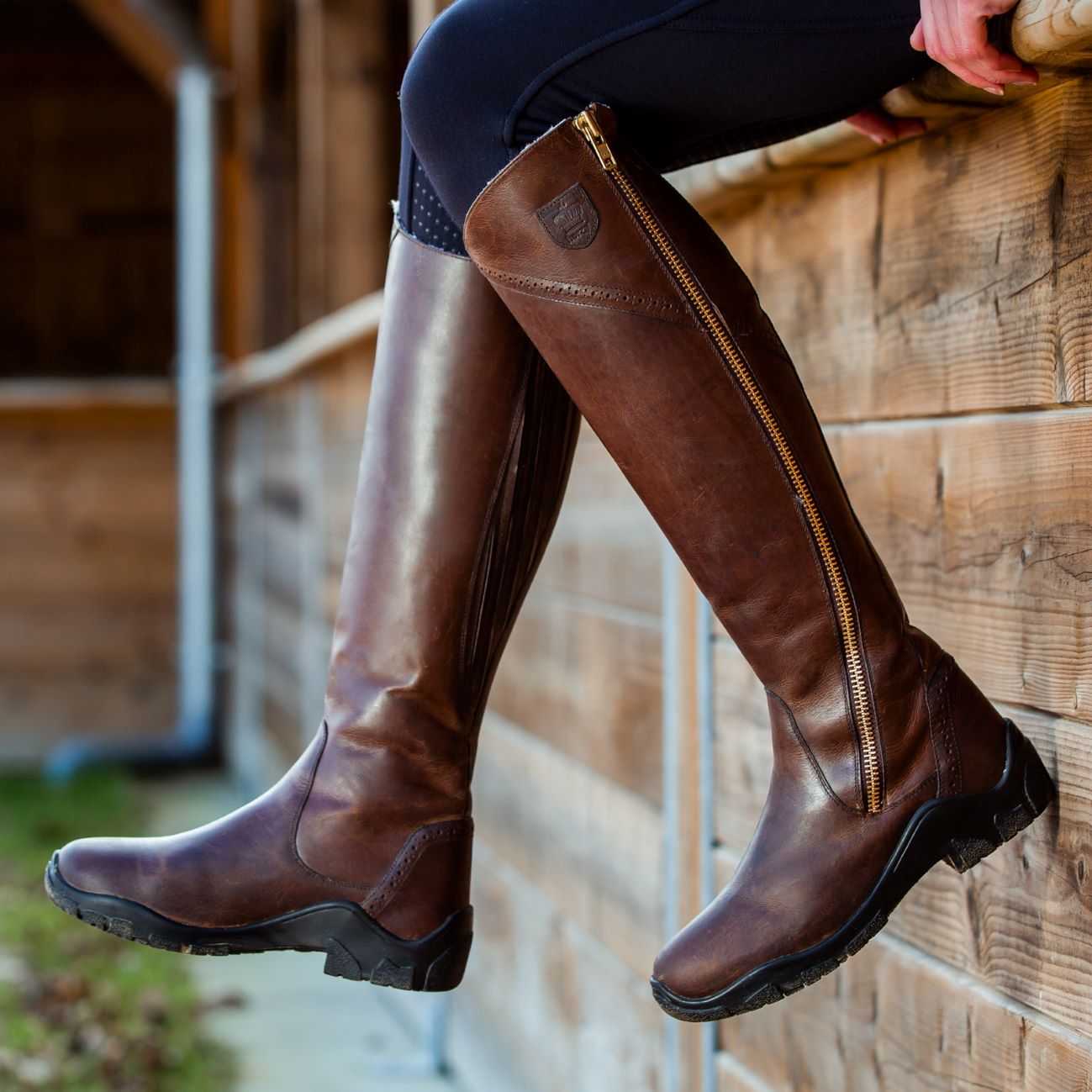





0 thoughts on “How To Store Boots In Summer”